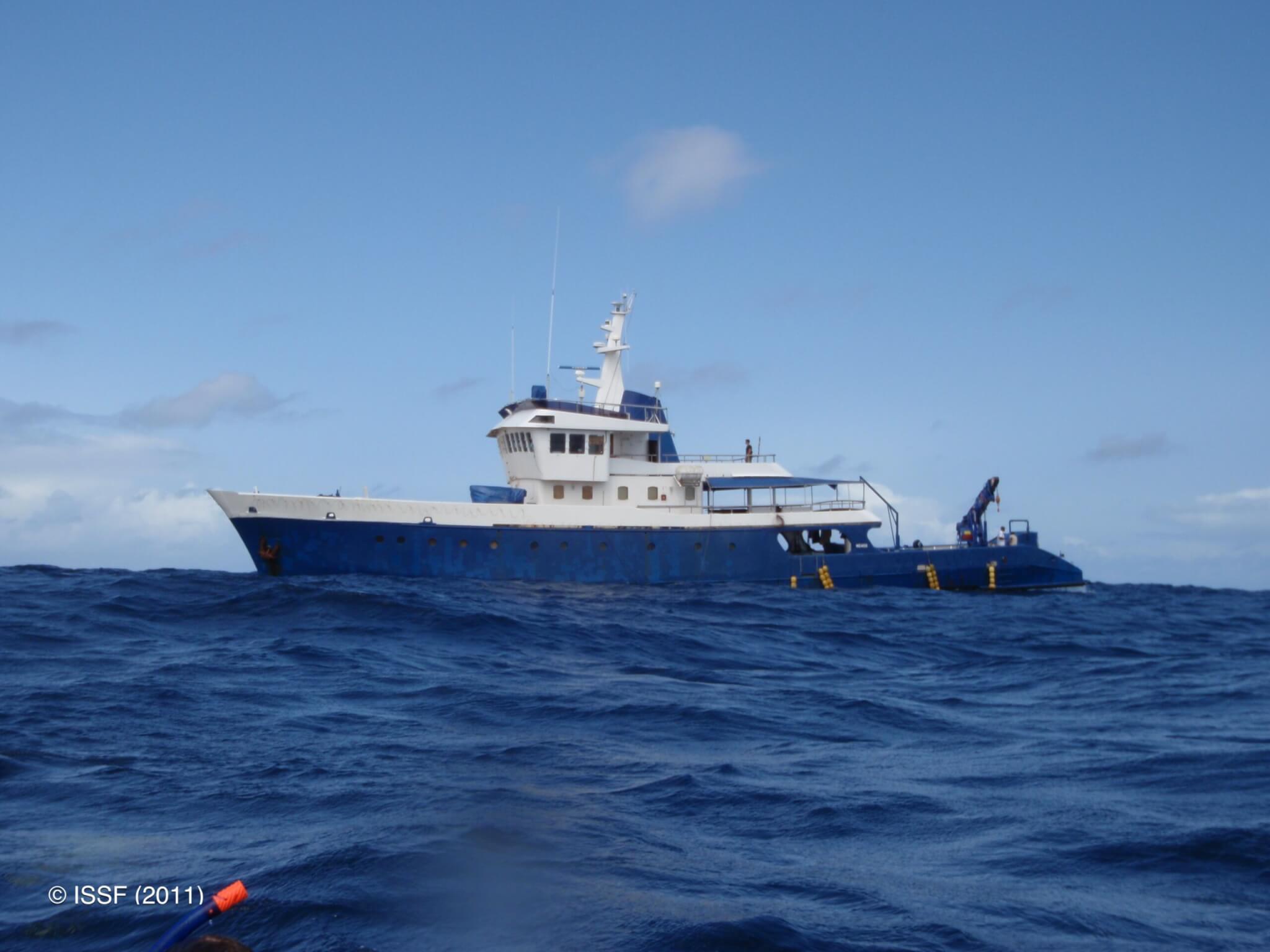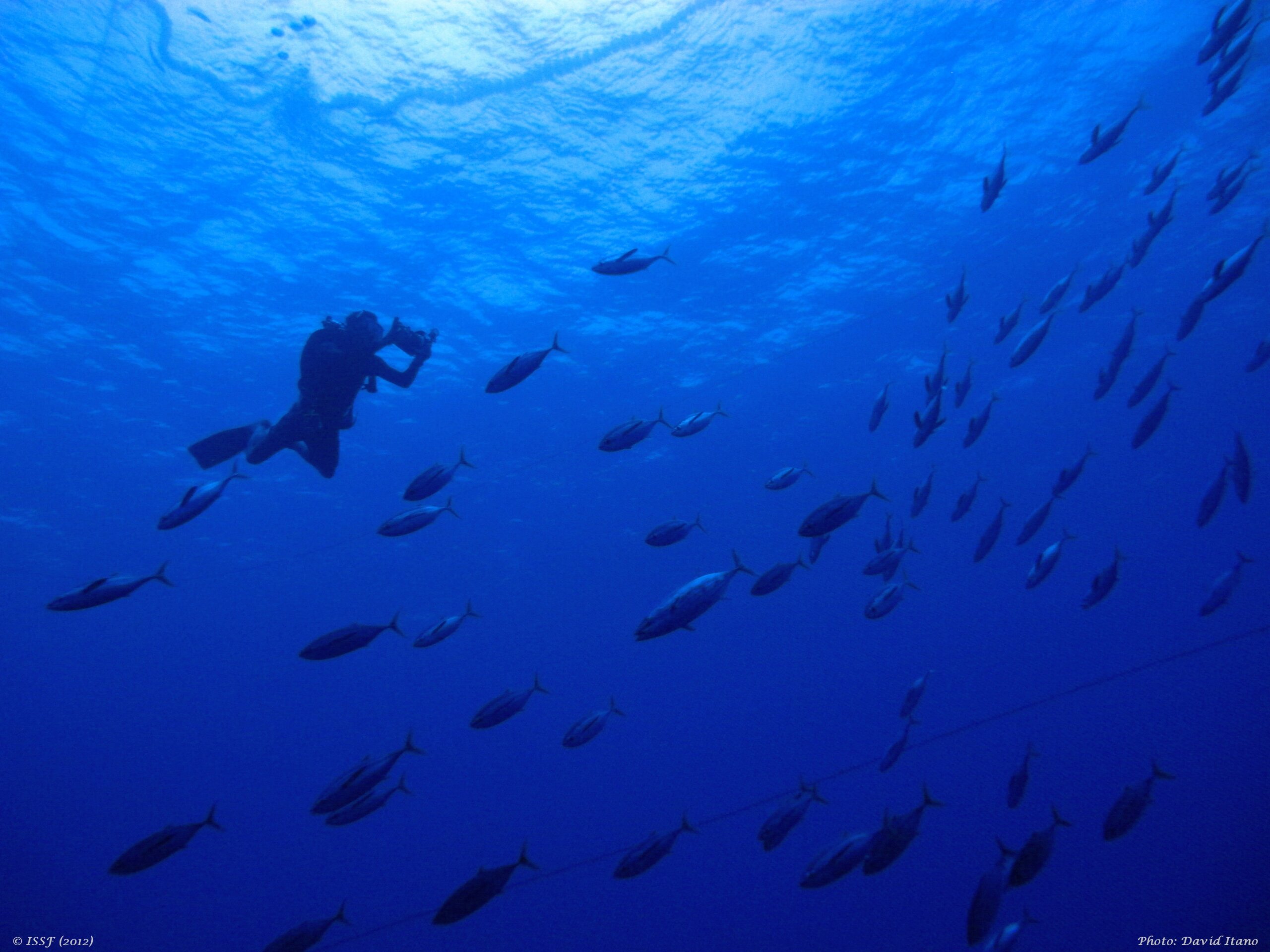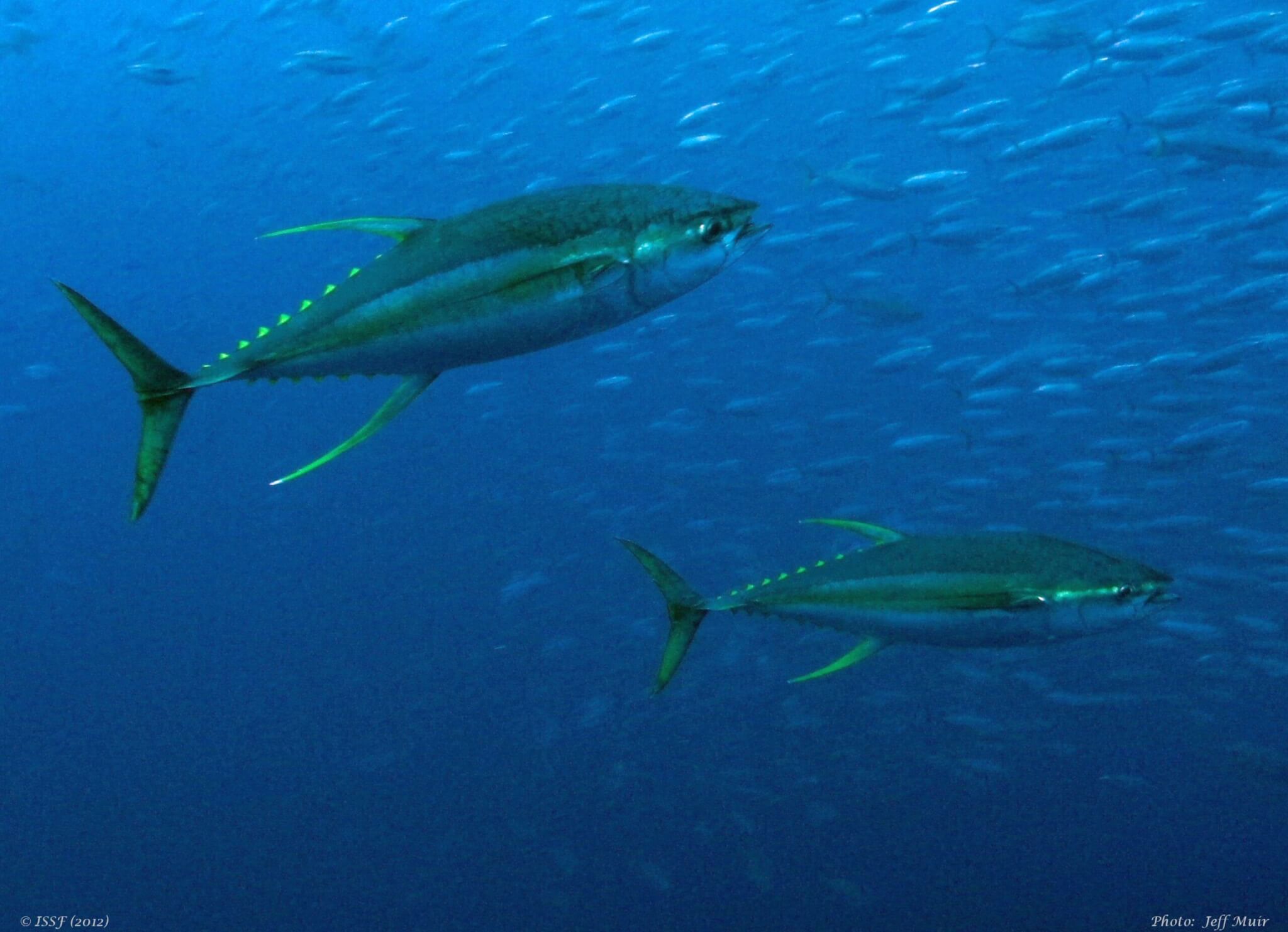Priorities for Eastern Pacific Tuna Fisheries
Posted by Holly Koehler
June 10, 2015
The Inter-American Tropical Tuna Commission (IATTC) is getting ready to meet for the 89th meeting of the Commission from June 22 to July 3, 2015 in Guayaquil, Ecuador, and our coalition has a list of things we would like to see member nations accomplish. You can download our position statement here or you can scroll through this interactive blog, filled with links and useful resources, to learn about the most pressing issues related to the meeting.
We have collected a library of videos, reports and blogs to help educate on the challenges and opportunities facing our global tuna resources and the greater marine ecosystem. So sit back and click your way through our priorities for the Eastern Pacific Ocean tuna fisheries.
Global Issues
Harvest Control Rules (HCRs) and Reference Points. HCRs are a set of well-defined management actions to be taken in response to changes in stock status with respect to target and limit reference points. Unless there is a pre-agreed upon action plan for avoiding overfishing or for rebuilding an overfished stock, long negotiations lead to delayed action or inaction. The adoption of HCRs is a key aspect of modern fisheries management, and is also a requirement of several eco-label certification programs.
In 2014, IATTC adopted interim target and limit reference points and an interim HCR for tropical tunas. In 2015, the Staff is recommending the adoption of a more complete HCR that takes the limit reference points into account. ISSF applauds progress made by the IATTC in 2014 and fully endorses the adoption of the Staff’s recommended harvest control rules with specific timelines for reductions to target FMSY and rebuilding timeframes should they become necessary.
Click here to read a blog that outlines harvest strategy progress made last year | Click here to watch a video about HCRs | Click here to read a blog about the importance of HCRs | Click here to download a report on HCRs
Closed Vessel Registries and Management of Fleet Capacity. Experts agree that there is overcapacity in the global tuna fleets. Fishing fleet overcapacity increases pressure to weaken management measures and eventually leads to stock overexploitation. The first step towards managing capacity is to establish limited entry via a comprehensive closed vessel registry with an eye towards ultimately reducing the number of fishing vessels to an appropriate level.
Though the IATTC is the only tuna RFMO with a closed vessel registry, its current capacity is well in excess of resource productivity. In order to further progress the management of fishing capacity, ISSF advocates that the IATTC implement the recommendations from the 2014 Technical Experts Workshop on the Capacity of the Tuna-fishing Fleet in the EPO. ISSF also encourages the IATTC to consider the outcomes of the 2014 ISSF workshop on the transfer of fishing capacity from developed to developing countries in any regional capacity management scheme.
Click here for ISSF’s Capacity Transfer Workshop Report | Click here to watch a video on capacity | Click here to learn about ISSF’s capacity resolution
Fish Aggregating Device (FAD) Management. Setting on FADs accounts for nearly 40% of global tuna catches and 50% of global skipjack catches. The time is ripe for a concerted global effort to gather and report to RFMOs data on FADs (e.g., via logbooks) in order to better monitor FAD usage and to establish a sound basis for their management in every ocean region.
Click here for our updated guide to non-entangling FADs | Click here for an infographic on FADs
ISSF recognizes the substantial progress made by IATTC’s adoption of FAD management and reporting resolutions at the start of this year. ISSF also applauds those IATTC fleets that have begun providing FAD data in accordance with these new resolutions. Nevertheless, improvements are still needed on the collection of FAD data and adoption of science-based FAD management measures by the Commission.
Click here for a video on managing floating objects | Click here for ISSF’s Guide to Non-entangling FADs
Conservation & Management Measures Unique to the IATTC
Tuna Stocks. According to the “base-case” runs, the spawning biomass for the yellowfin and bigeye stocks is close to the MSY level but neither stock is being overfished. Pacific bluefin stock is highly depleted and fishing mortality exceeds all reasonable proxies for FMSY, according to 2014 assessments and projections from the ISC. The recovery of the stock may be further delayed if the current scenario of low recruitment continues which is heavily reliant on a major adult cohort in the population. Considering uncertainties in the assessments and likely increases in fishing capacity and floating object-directed effort, ISSF urges the IATTC to monitor the situation closely and be prepared to implement stronger measures in the future, should they become necessary.
IATTC Compliance, VMS and IUU Vessel Lists. Vessel monitoring systems (VMS) is critical in the fight against illegal, unregulated and unreported fishing (IUU) and for effective monitoring, control and surveillance (MCS). The IATTC must improve its transparency regarding the levels of compliance by members with their obligations to the Commission. In addition, improvements are needed to strengthen IATTC’s monitoring, control and surveillance tools, including its VMS and IUU Vessel List measures.
Learn more about VMS in the ISSF Survey of RFMO Vessel Monitoring Systems and Set of Best Practices | ISSF Technical Report on Combating IUU Fishing | SeaWeb Seafood Summit 2015 Presentation on IUU Fishing | Read our blog on a holistic way to end IUU
Sharks and Rays. Fishery indicators for silky sharks in the EPO suggest significant declines in abundance since the 1990s. However, the EPO purse seine fishery accounts for a small fraction (~5%) of catch highlighting the importance for management measures to include all sources of mortality, especially longline and shark-targeted longline fisheries. Regarding mobulid rays, the staff recommendations suggest that simple handling practices can enhance their condition and live release in purse seine fisheries.
Click here to review best practices for shark handling in the ISSF Purse Seine Skipper Guidebook | Click Here to Watch ISSF’s Guidebook on Sharks


